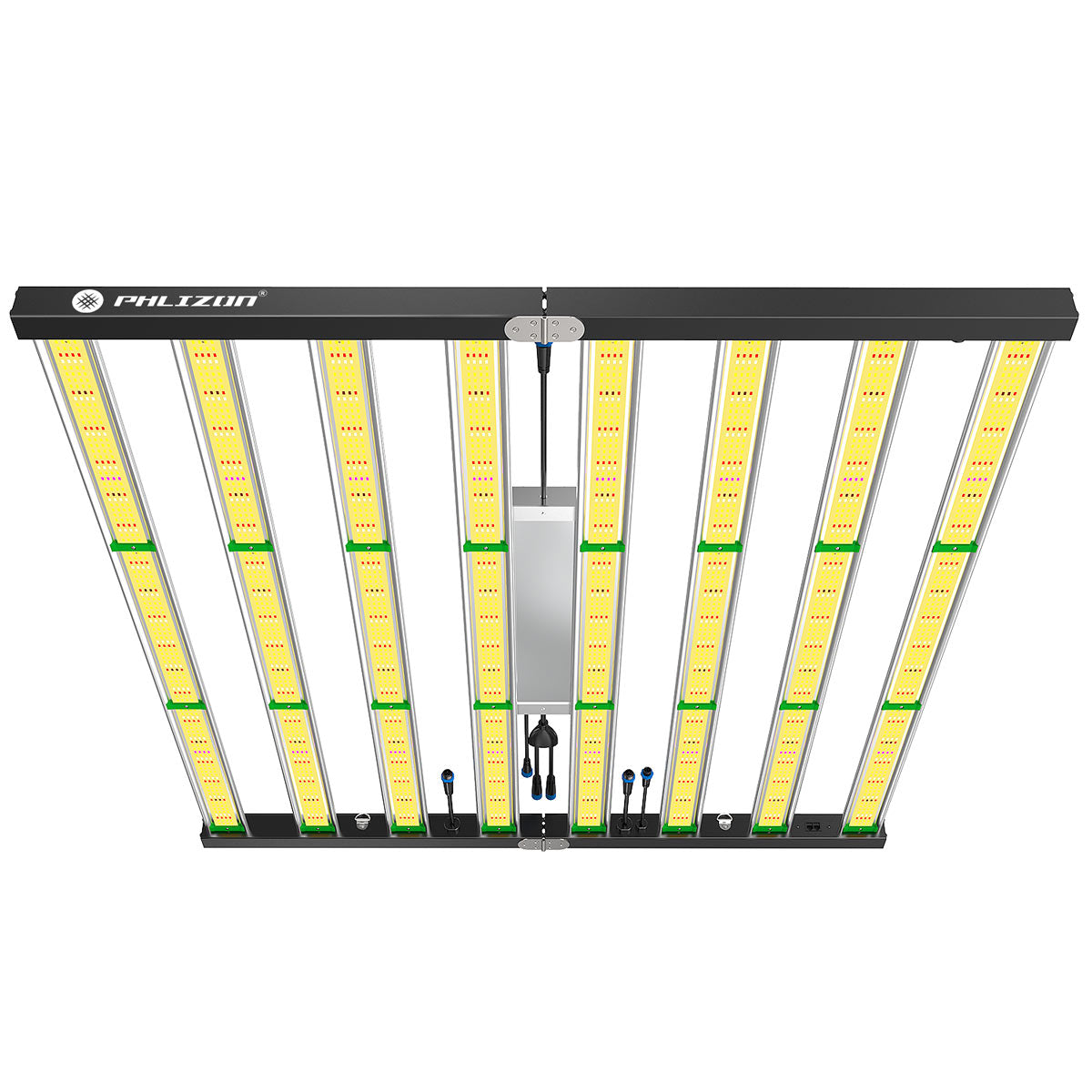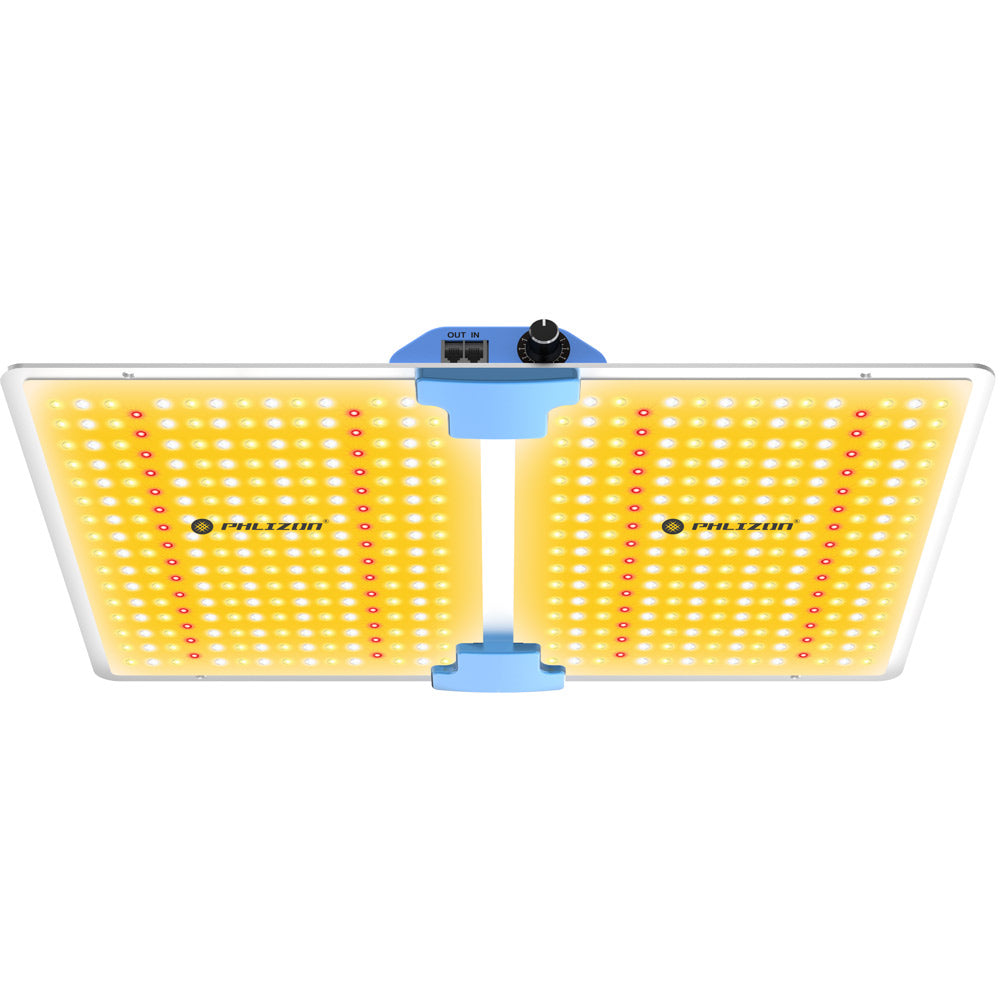Menu
How Many LED Grow Lights You Should Use for Your Indoor Plants

Introduction
As a beginner or experienced grower, determining the right number of LED grow lights to use can be a crucial decision to ensure optimal growth and yield of your plants. In this blog post, we will discuss some key factors to consider when deciding how many LED grow lights you should use in your indoor garden.
Factors to Consider
Size of the Grow Area
The first factor you need to consider is the size of the area you are growing your plants in. This will determine how many LED grow lights you will need to cover the entire space effectively.
Light Intensity
Different plants have varying light intensity requirements. Some plants may need more light exposure than others to thrive. Considering the light intensity needed for your specific plants will help you determine the number of LED grow lights required.
Light Spreading Ability
LED grow lights come in various shapes and sizes with different spreading abilities. Depending on the spreading ability of the LED lights you are using, you may need to adjust the number of lights accordingly to ensure uniform coverage across the grow area.
Energy Efficiency
Another important factor to consider is the energy efficiency of the LED grow lights. Opting for energy-efficient lights will not only save you money in the long run but also help you determine the right number of lights needed based on the power consumption.

Calculating the Number of LED Grow Lights
To calculate the number of LED grow lights you need for your indoor garden, you can follow these simple steps:
1. Determine the size of the grow area in square feet.
2. Calculate the total wattage needed per square foot based on the light intensity requirements of your plants.
3. Divide the total wattage needed by the wattage of each LED grow light to determine the number of lights required.
Pro Tip: It is always better to slightly overestimate the number of LED grow lights you need to ensure adequate coverage and light intensity for your plants.
Conclusion
In conclusion, determining how many LED grow lights to use in your indoor garden requires careful consideration of factors like grow area size, light intensity requirements, light spreading ability, and energy efficiency. By following the guidelines provided in this blog post and calculating the number of lights needed accurately, you can ensure optimal growth and yield of your plants. Happy growing!
Featured blog
- Choosing a selection results in a full page refresh.

















